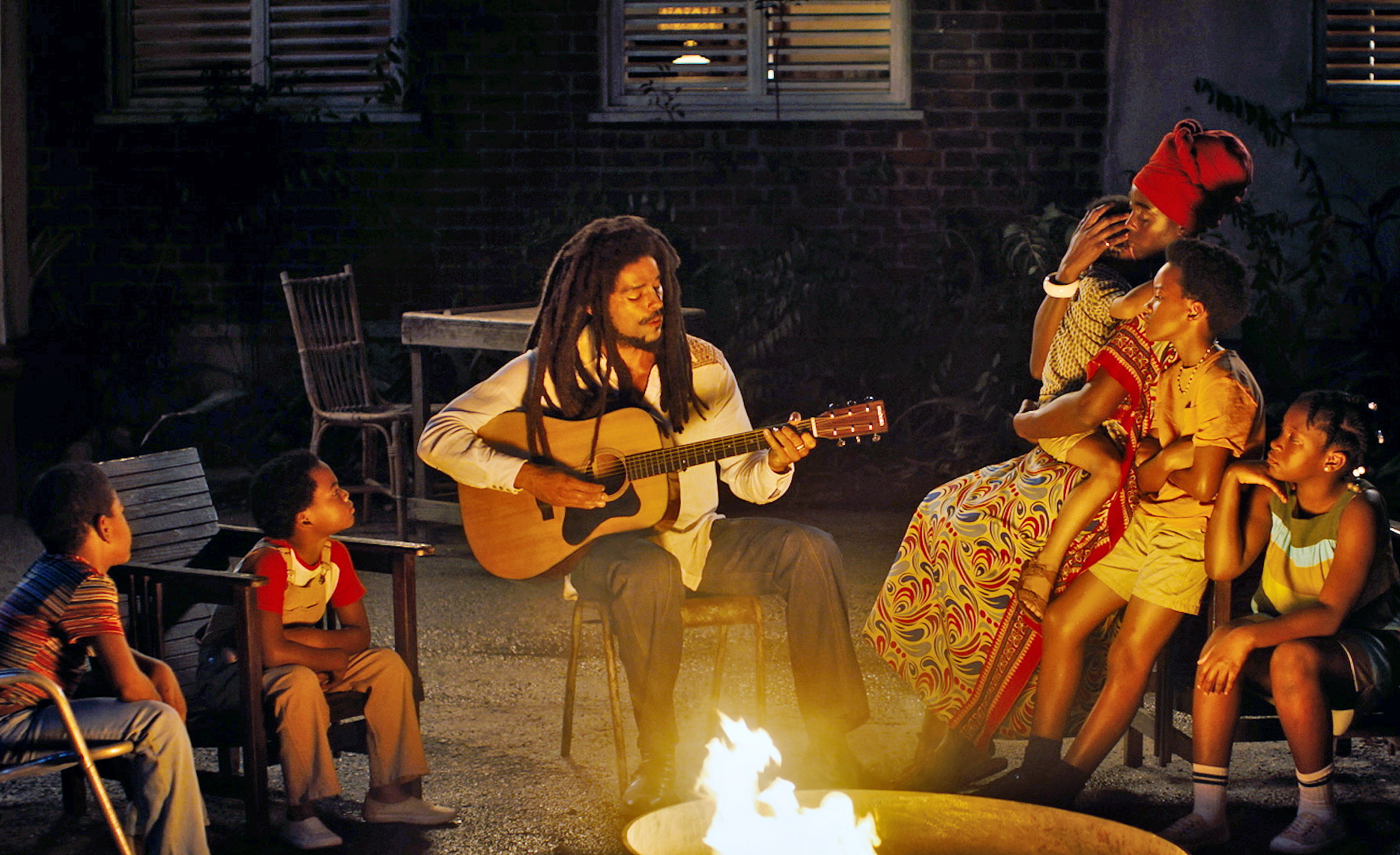 Movies were created to tell stories. These stories might be sad, funny, scary, or thought-provoking. Some, though, inspire and motivate us to be better human beings.
Movies were created to tell stories. These stories might be sad, funny, scary, or thought-provoking. Some, though, inspire and motivate us to be better human beings.
Two such inspiring films are powerful true stories that touch our souls. They are “Cabrini” and “One Life.” Both tell the story of individuals who left a profound mark on history through simple acts of love that saved lives and demonstrated the best in us.
“Cabrini” tells the story of Mother Francesca Xavier Cabrini, a woman who felt called to address the poverty and social inequities faced by millions of people around the world, beginning initially with the immigrant population in New York City at the end of the 19th century.
“One Life” presents the story of Sir Nicholas Winton and his dramatic efforts to rescue 669 Jewish Czech children in Prague just before the start of World War II and Hitler’s invasion of that country.
Mother Francesca Cabrini (Cristiana Dell’Anna), the founder of the Missionary Sisters of the Sacred Heart of Jesus (canonized by the Catholic Church as the first naturalized U.S. citizen-saint in 1946), was a diminutive Italian woman who was told she would not live much past age 30 due to “weak lungs.” She felt called to do missionary work in China and began petitioning the curia for permission to do so. After petitioning the Vatican for permission to do so and being told “no” repeatedly, she is finally called to Rome where she pushes for an audience with Pope Leo XIII (Giancarlo Giannini).
When he also initially denies her request, she challenges his decision until he relents. But instead of going to China, he asks her to go to New York City to address the urgent needs of the thousands of poor Italian immigrants. She is further given permission to utilize local church property in Five Points, the large neighborhood in Lower Manhattan that was home to the immigrant populations.
Cabrini and the sisters from her order leave for New York with almost no money but with the determination and courage to serve the needs of the poor. Between the dangerous nature of the area and unsupportive New York Archbishop Michael Corrigan (David Morse), the women are told to return to Italy, which they refuse to do. They are resolved to serve the community — regardless of the conditions — and waste no time in cleaning and preparing the first of many orphanages Cabrini would establish over time.
Continue reading “Extraordinary Contributions by Ordinary People: ‘Cabrini’ and ‘One Life’”

















Recent Comments